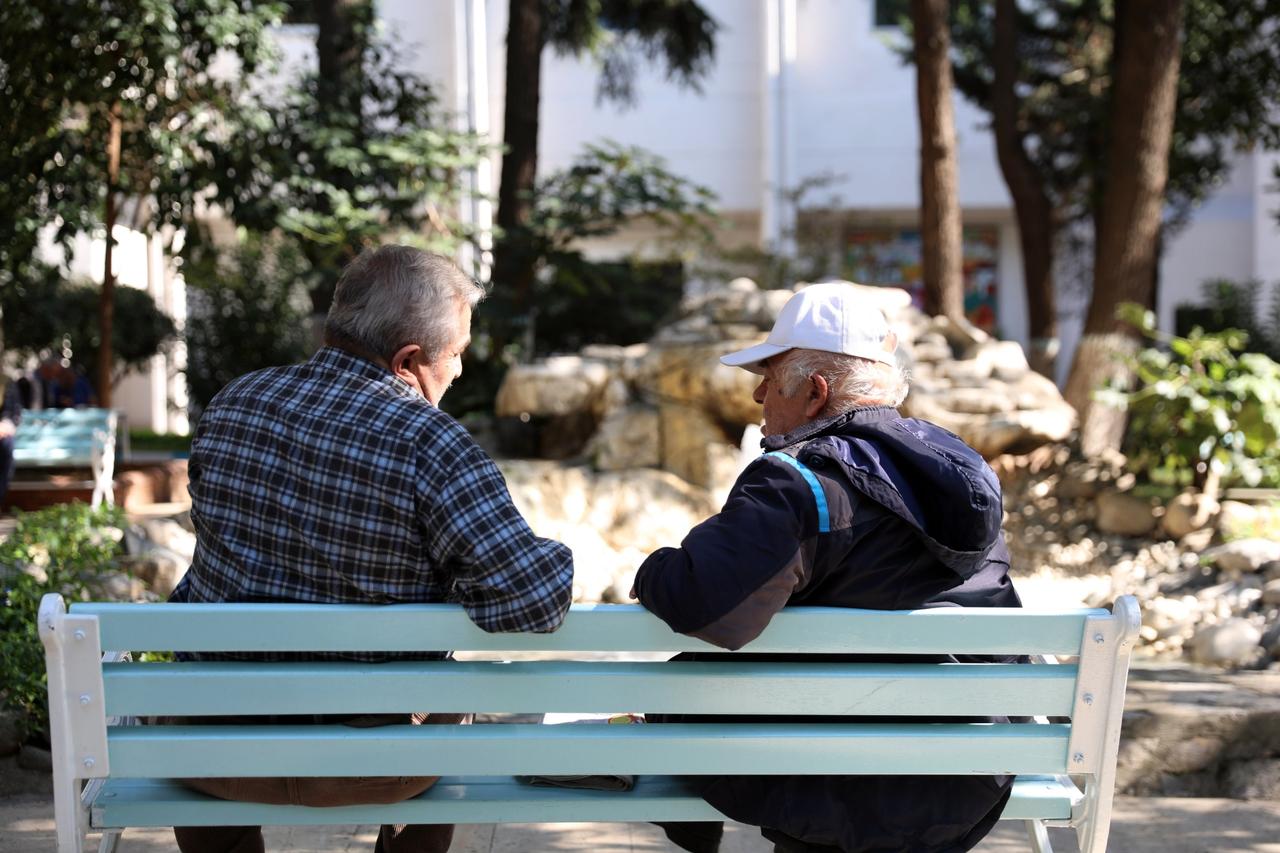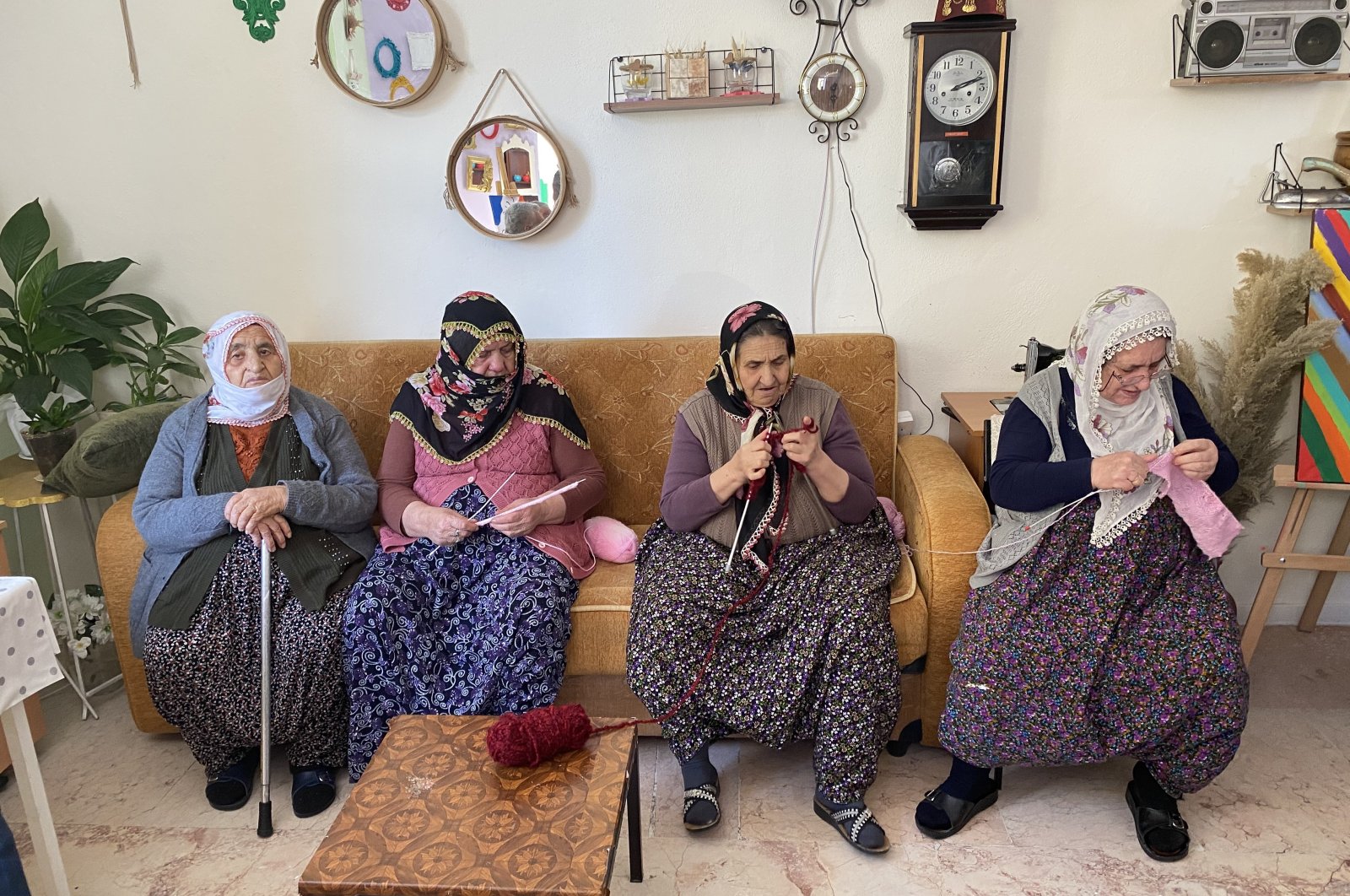
In Türkiye, many live day to day, some caught in the cycle of economic survival, others immersed in the present, living moment to moment. But beneath the noise of the now lies a quieter, more permanent shift: Türkiye is rapidly aging.
While public debate often centers on youth, growth, and crisis management, the country’s demographic clock has been ticking steadily in the background. With the elderly population doubling in just two decades and projections pointing to one in three citizens being over 65 by the end of the century, Türkiye faces a long-term challenge it can no longer afford to treat as a distant issue.
Türkiye’s population is now aging at a pace that has begun to strain its underdeveloped eldercare infrastructure. According to the latest data released in the Elderly Welfare Report by the Urban Studies Institute (Kent Arastirmalari Enstitusu), the share of residents over the age of 65 has doubled in the past two decades, now comprising 11% of the population.
Projections from the Turkish Statistical Institute (TÜİK) anticipate a sharp demographic shift in the coming decades, with elderly citizens expected to make up 27% of the population by 2060 — and over a third by the end of what Türkiye’s political leadership has branded the “Century of Türkiye.”
The old-age dependency ratio, which describes the number of people aged 65+ per 100 working-age individuals, rose from 13 in 2019 to 15.2 in 2023. By 2100, it is projected to reach 62, suggesting a profound realignment in the balance between contributors to and beneficiaries of the social welfare system.
Social vulnerability also tracks closely with these trends. One in five elderly people in Türkiye now lives alone, and nearly three-quarters of this group are women. As life expectancy rises and fertility rates decline, traditional caregiving structures are under increasing pressure.

Data from the report highlights the daily physical challenges facing Türkiye’s elderly. Around 27% report difficulty walking or climbing stairs, while nearly 30% struggle to carry or grip objects. Despite this, access to formal care remains limited.
The country’s total nursing home capacity stands at 38,231, with a 76.7% occupancy rate. Just 0.3% of Türkiye’s older adults live in institutional settings — well below the 3% to 5% range seen in most OECD countries. By comparison, OECD data shows that 5–6% of elderly populations in member states benefit from institutional care.
Public support mechanisms such as the Home Care Assistance (Evde Bakim Yardimi) program currently serve 123,463 elderly citizens and their families. The Elderly Support Program (YADES), operational since 2016, has reached over 153,000 people across 28 provinces. Additionally, the number of day-care centers, particularly those catering to Alzheimer’s and dementia patients, has grown to 41.
As of 2020, 519,000 individuals were receiving in-home medical services — a key component in Türkiye’s strategy to avoid overreliance on institutional care. However, public spending on eldercare remains low by international standards, with expenditures accounting for less than 0.5% of GDP. In countries like Sweden, Norway, and the Netherlands, that figure can reach as high as 3.5%.
Surveys conducted as part of the report point to a strong cultural preference for aging within the family structure. A majority of respondents, up to 90%, said they would not want their parents to live in a nursing home. Only 12.7% of respondents said they would choose to live in a facility during their own old age, while 41.6% said they would do so only if left with no alternative.
Concerns around institutional care are often driven by fear of neglect and mistreatment, cited by 40.6% of respondents. Among those who favor non-institutional options, 44.8% prefer to live with family, and 29.7% would opt for professional home care.
Still, perceptions of the current system remain critical. A clear majority of 60% view available eldercare services as inadequate. For 62.2% of participants, the top concern facing Türkiye’s elderly is financial insecurity, particularly low pension income.

While concern about aging is widespread, long-term planning remains limited. Roughly 47% of respondents say they have no plan for where they will live in old age, and an equal share have not made any financial preparations. Just over a third have not taken steps to maintain a social network in later life, and nearly half are unprepared for health-related risks associated with aging.
Nevertheless, expectations around state support remain high. More than half of respondents anticipate needing social services in their later years.
Despite growing awareness, Türkiye’s policy framework has yet to fully adjust to the realities of a rapidly aging population. The country continues to rely heavily on informal family-based care, even as traditional support networks show signs of strain.
Low public spending and limited institutional capacity suggest that current programs will need to scale up dramatically in the coming years. Without expanded investment in home care services, daycare facilities, and institutional capacity, coupled with stronger labor protections for caregivers, the existing model may prove unsustainable.
As Türkiye’s aging curve steepens, the question is no longer whether the state will need to intervene, but how quickly it can do so, and whether social attitudes will evolve alongside the demographic data.